Volunteer warden Mick Jones led a walk in cloudy conditions round BBOWT’s Dancers End reserve, near Tring, on the afternoon of Saturday 10 August. Members gathered by the ornate Victorian pumping station. A volunteers’ room within the pumping station buildings had a collection of historical pictures of the reserve, with information about former owner Charles Rothschild who was a founder member of the Society for the Promotion of Nature Reserves. The walk then started out through a permit-only area within a former quarry. Flowers seen here included Wild Angelica, Red Bartsia, Greater Knapweed, Common Bird’s-foot-trefoil, Eyebright and Clustered Bellflower, and a Common Blue butterfly was seen. The invasive Wood Small-reed threatens to take over this area, so small patches are regularly scraped bare and seeds of plants such as Kidney Vetch are scattered for the Small Blue butterfly. Other plants seen in this area included Common Centaury, Common Milkwort, Small Scabious, Yellow-wort and Harebell. In sunnier conditions, it is a good place to see Small Skipper butterflies. There were many Chiltern Gentians in flower here. Continuing through the quarry area, Small Toadflax was found on a bare scrape, with Common Gromwell nearby and both pink and white varieties of Musk Mallow were seen. A Large Skipper butterfly and a Kentish Snail Monacha cantiana were identified. The Kentish Snail was probably introduced in Roman times and is now very common throughout England but less common in Scotland and Wales. It usually climbs vegetation and may occur in very large numbers. A Figwort plant turned out to be Water Figwort, marking the damp conditions of a seepage area. The walk continued through an orchard which had been planted up with a selection of local varieties of fruit trees, including the Aylesbury prune, which was grown commercially. A big old pear had rounded fruits like an apple, more closely resembling a Wild Pear. Mick pointed out a Ramshorn Gall on an oak tree, caused by the wasp Andrious aries.
The route then led through a gate, over the lane and up through a steep area of woodland. A big Deadly Nightshade plant was covered in flowers. Also seen near here were Nettle-leaved Bellflower, Wood Spurge and Spurge-Laurel. Mick told the group that where fallen trees had accumulated leaves on their up-slope sides, there had been good numbers of Collared Earth-star fungi. The woodland had been clear-felled during World War II. In the following 7-8 years when the area was open and covered in scrub, there had been records of Woodlark, Nightingale and High Brown Fritillary. The Forestry Commission had then replanted with conifers, plus some Beech and areas of Hazel coppice to be cut on rotation. As the walk continued uphill, the underlying geology changed from Chalk to the more acid Clay-with-flints. This was favoured by the Foxgloves. There were Badger workings here, which from time to time turn up echinoid fossils. The track led to a crossroads, a good place to see Silver-washed Fritillaries and Purple Hairstreaks on sunnier days. Wood Sage, which was found here for the first time a few years ago, is a rarity in the Chilterns. It may have been brought in on the boot of a contractor. A ditch and bank outlined a cleared area – an ‘assart’, where the woodland had been cleared in the 16th or 17th century. Old Crab Apple trees mark the corners of the plot. Yellow Pimpernel was seen here. A Common Hemp-nettle plant was flowering at the side of the ride, which led downhill to a clearing with a distant view across to Ivanhoe Beacon. Wood Vetch was in flower beside the ride, at its only Buckinghamshire site. A Brimstone was seen nearby nectaring on Marjoram. The track led to the meadow area where Miriam Rothschild experimented with different grazing and scrub-clearing regimes. When myxomatosis devastated the rabbit population in the 1950s and 1960s, open areas with precious chalk grassland became covered in scrub. It was found that Dogwood cut in winter produced suckers and it could be managed better by cutting in July. The meadows have a population of Greater Butterfly-orchids and Meadow Clary at its only natural site in Buckinghamshire. The route then led back by different tracks towards the starting point. The sun came out and a Comma and a Meadow Brown took to the wing. Mick pointed out rolled Hazel leaves made by the Hazel Roller weevil. The track led steeply uphill. Where it passed Clay patches which retained water, plants such as Wild Angelica and Water Mint could be seen. White-letter Hairstreaks are to be found on a Wych Elm here. Finally, the track led back to the car park and the water works.
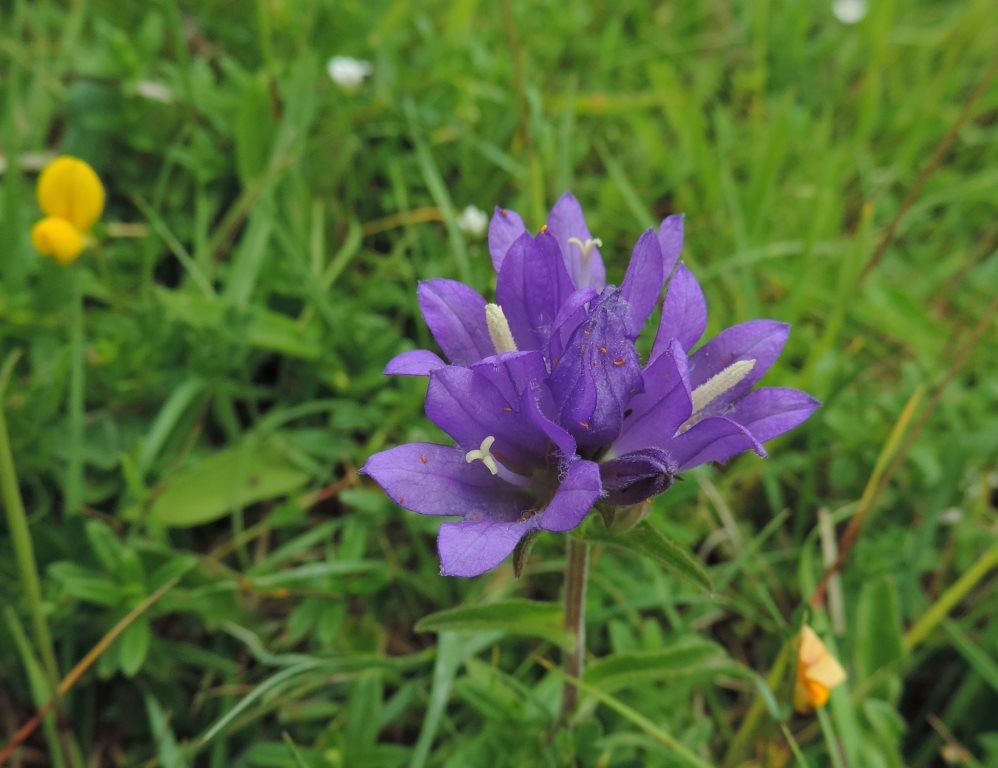
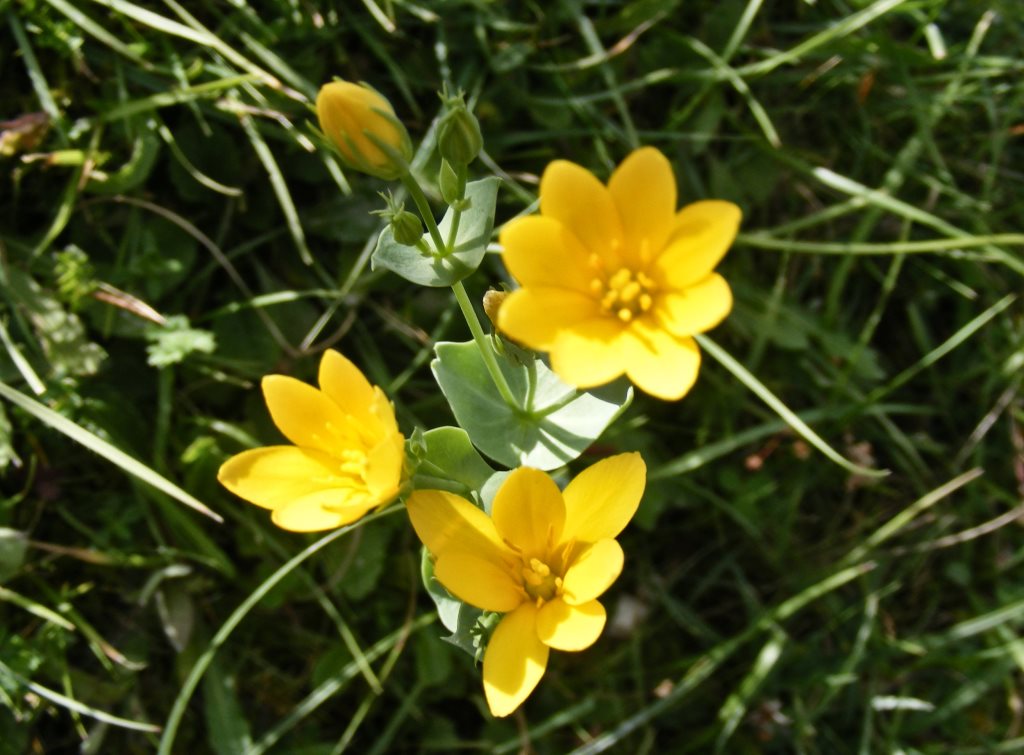
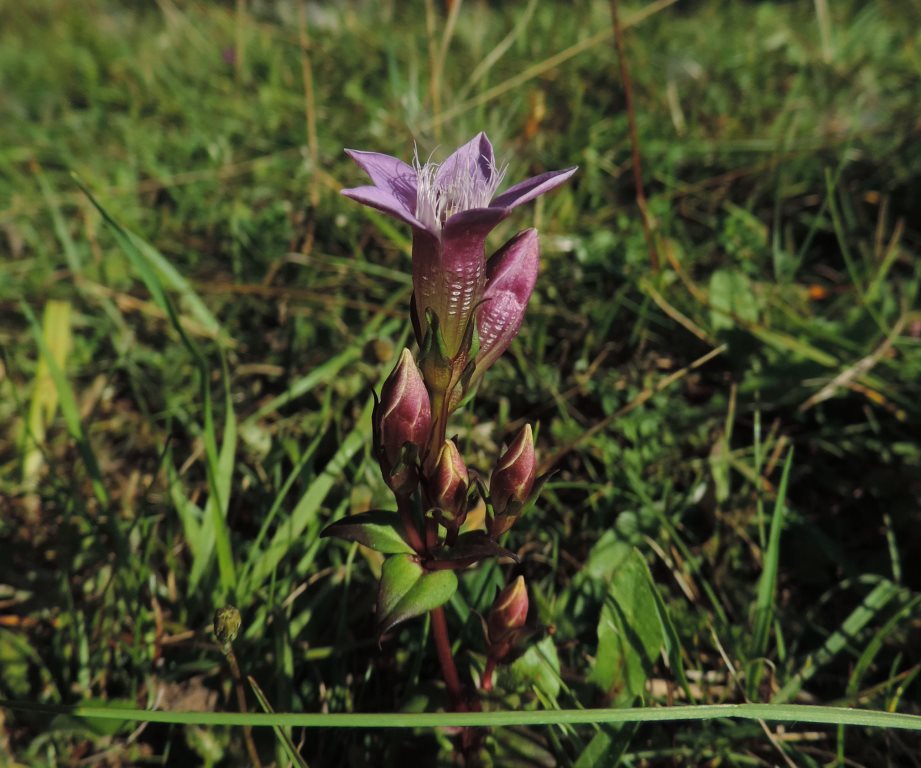
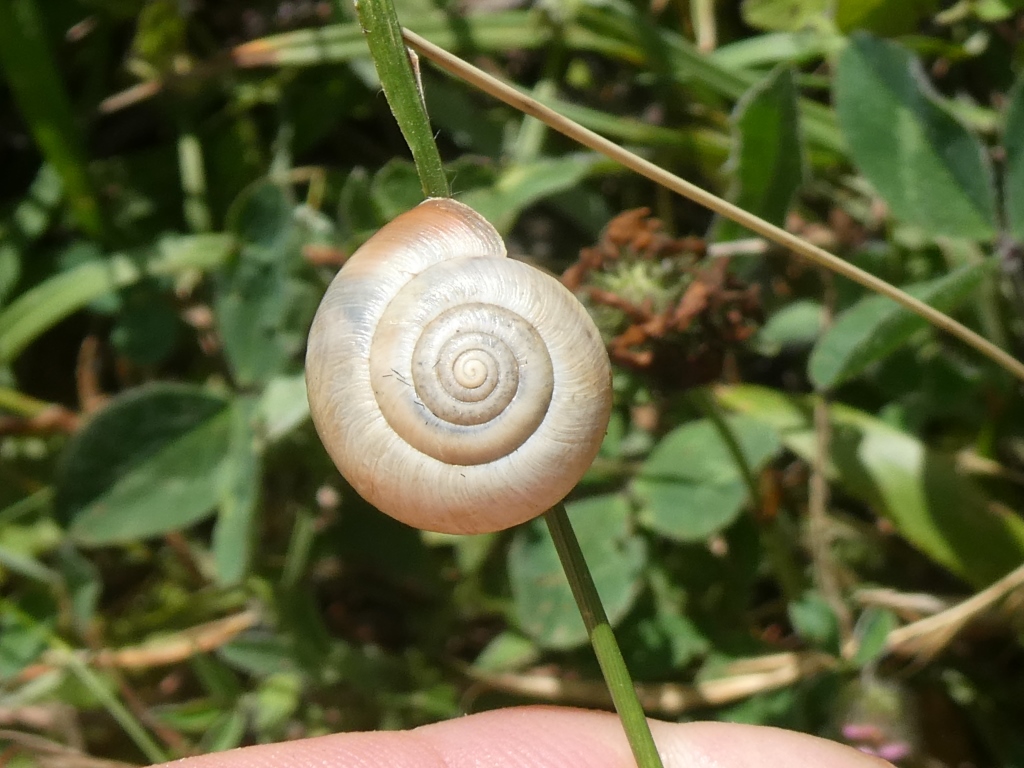
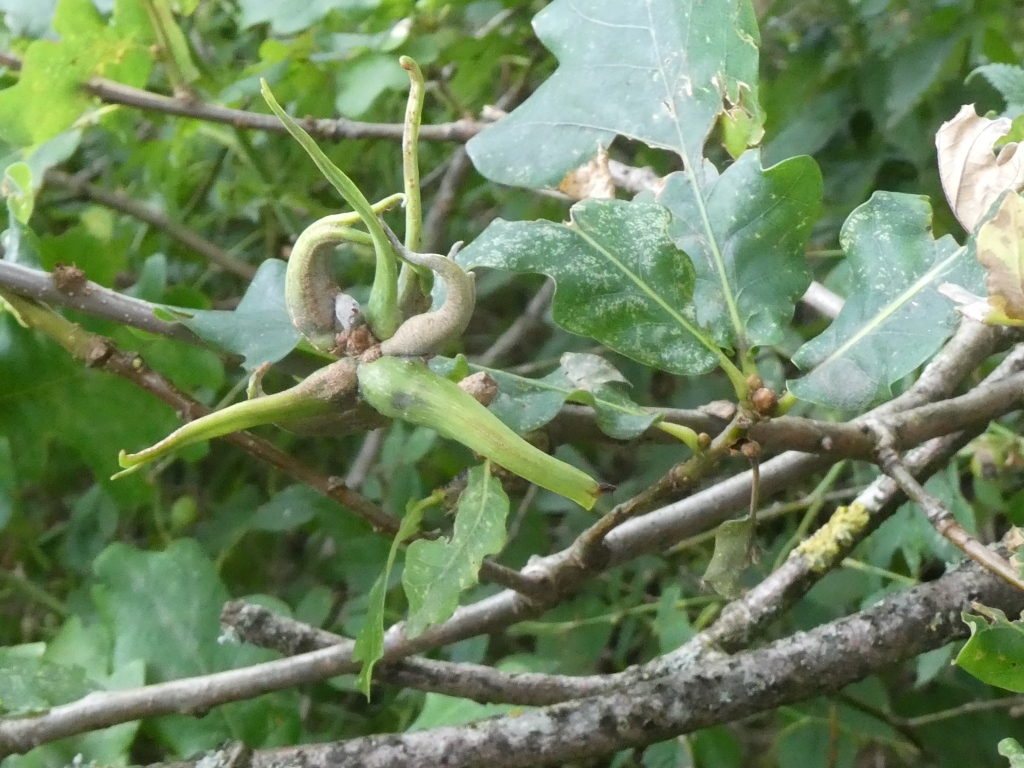
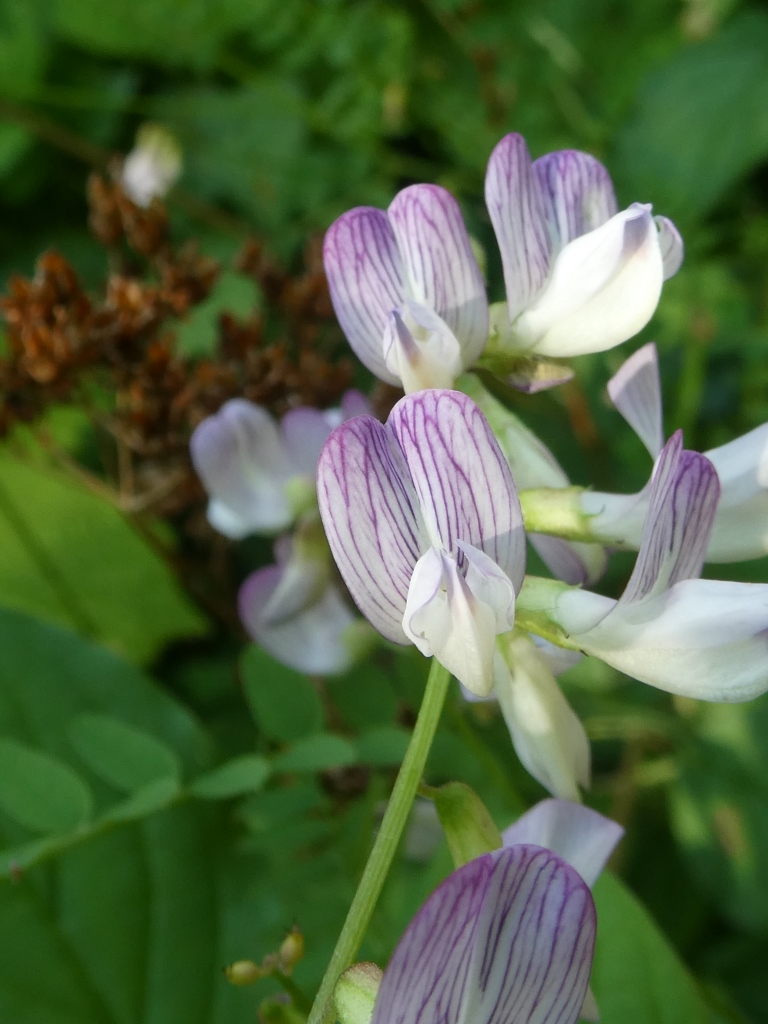
Pictures by Tom Walker and Rob Stallard
